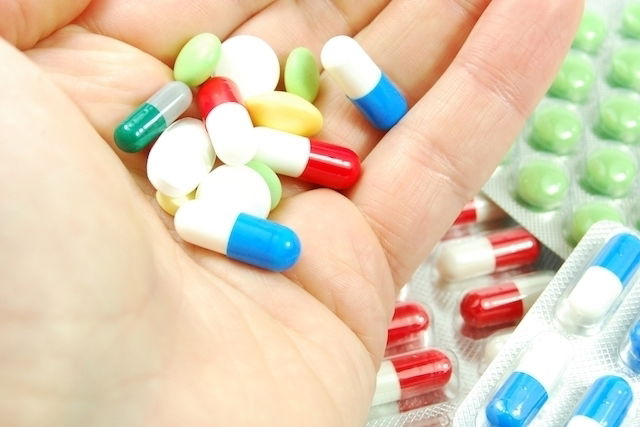A tracheostomy is usually a surgically created hole at the front of your windpipe, within the neck region, when a breathing tube is inserted medication administration training. Breathing is accomplished through the inserted tube, instead of the nose and mouth. The process to create the tracheostomy is called a tracheotomy, but sometimes the terms are used interchangeably. The operation are usually necesary during an urgent situation, when a person's airway is blocked or to be a planned procedure to aid breathing medication administration training. The majority are necessary for long-term health conditions, which require assisted breathing. Paralysis, head or neck surgery, trauma and throat blocking disease may warrant this procedure. Surgical is most frequent, but the sort of the task is dependent upon whether or not it's planned or an unexpected emergency situation.
The surgical route requires general anesthesia, while a noninvasive route uses a local anesthetic to numb the throat and neck region. Right after a tracheostomy, a nurse will train a client to completely clean and alter the inserted device. Daily care prevents infection. The unit contains two parts, an outer tube as well as an inner tube. The 2 main parts are locked together and quite often the outer tube is surgically sewn in to the skin for the neck medication administration training. The interior tube may be unlocked and removed to facilitate daily cleaning. Gauze is frequently used to safeguard skin from secretions in the tracheal opening while in the cleaning procedure. Home medical products help with skin protection, cleaning and tracheostomy inner-tube replacements. An additional important facet of care includes prevention of breathing tube blockage.
Mucus secretions become thicker after the process because dry air no-longer passes through moist nasal cavities and throat. The dryness causes irritation, coughing and excess mucus production. Humidification of breathed air helps decrease mucus production truly, home medical products are needed to suction excess mucus throughout the tubing. Services or products medical procedure, complications can occur medication administration training. Medical help is required when neither suctioning nor coughing improves impaired breathing. Mucus blockage is life-threatening. Also, when the tracheostomy stoma appears to possess pus or maybe red and swollen, illness may very well be present. Fever indicates infectivity as well. Homecare medical supplies needed in view of caution include sterile gloves, gauze, replacement inner tracheostomy tubes, suction machine, suction tubing and suction catheters. Precise cleanliness and careful adherence to proper procedures will ensure continued functionality on the inserted device. A tracheostomy will likely be temporary then when breathing ability returns, the tubes are removed as well as the stoma is closed.

